Simple, safe, and effective strategies to build stability, prevent falls, and move with confidence—no gym experience needed.
As we age, maintaining strength and stability becomes more important than ever. Core strength and balance aren’t just for athletes—they’re essential for everyday movements like walking, standing up from a chair, or reaching for a high shelf. For adults over 50, especially those new to fitness, building a strong foundation in these areas can transform quality of life.
After 50, natural changes in muscle mass, joint flexibility, and nervous system response can affect coordination and stability. The core—comprising abdominal, back, and pelvic muscles—acts as your body’s central support system. A weak core leads to poor posture, lower back pain, and increased fall risk.
Balance, meanwhile, relies on coordination between your muscles, joints, and inner ear. Good balance helps you stay upright, avoid trips, and maintain independence. Research shows that regular balance and core training can reduce fall risk by up to 40% in older adults.
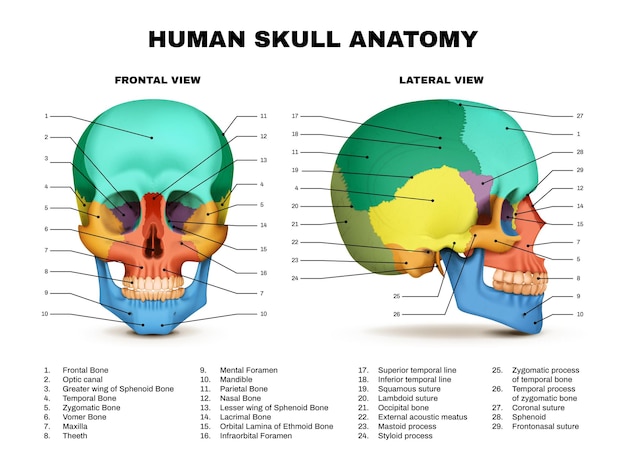
Understanding your core: It's more than just abs.
Starting a fitness journey later in life can feel intimidating. But with the right approach, anyone can build strength safely. Here’s how to begin like a pro:
Quality over quantity. Perform each movement slowly and with control. Rushing leads to poor form and injury. Focus on engaging the right muscles and maintaining a neutral spine.
Breathing stabilizes your core. Inhale during the easier phase of a movement (e.g., lowering down), exhale during the effort (e.g., standing up). Avoid holding your breath.
Hold onto a sturdy chair, countertop, or wall during balance exercises. Support reduces fear and allows you to focus on muscle engagement.
You don’t need long workouts. Just 10–15 minutes a day can yield noticeable improvements in stability and confidence within weeks.
How to: Stand behind a chair, hands on the backrest. Slowly lift one knee toward your chest, then lower. Alternate legs.
Form Tip: Keep your back straight and core tight. Don’t let your hips shift side to side.
Modification: Lift knees only a few inches. Increase height as balance improves.
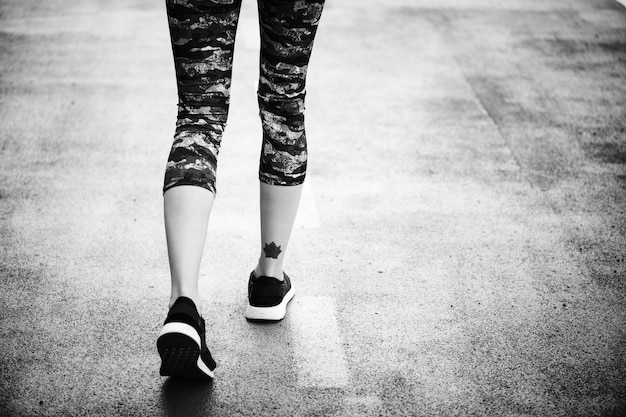
How to: Walk in a straight line, placing the heel of one foot directly in front of the toes of the other.
Form Tip: Keep arms out to the sides for balance. Look forward, not down.
Modification: Use a wall for light fingertip support.
How to: Sit tall in a sturdy chair. Engage your abs and slowly extend one leg until straight. Lower and switch.
Form Tip: Keep your back straight and avoid leaning backward.
Modification: Only lift the knee slightly if full extension is uncomfortable.
How to: On all fours, extend one arm and the opposite leg. Hold for 3–5 seconds. Return and switch sides.
Form Tip: Keep your hips level and avoid arching your back.
Modification: Extend only the arm or only the leg if coordination is challenging.
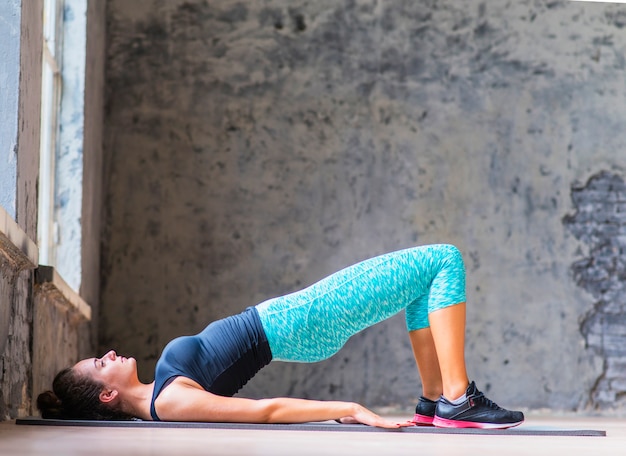
Core and balance training doesn’t require fancy equipment or a gym membership. Integrate exercises into daily routines—do standing marches while brushing your teeth, or practice heel-to-toe walks during TV commercials.
Consistency is key. Track your progress by noting how much support you need or how long you can hold a position. Celebrate small wins—they add up.
Aging gracefully isn’t about staying young—it’s about staying strong, stable, and independent. With simple, coach-approved techniques, anyone can build core strength and balance at any age. Start today, move with confidence, and enjoy the freedom that comes with a body that supports you.

Fitness

Fitness

Fitness

Fitness

Wellness
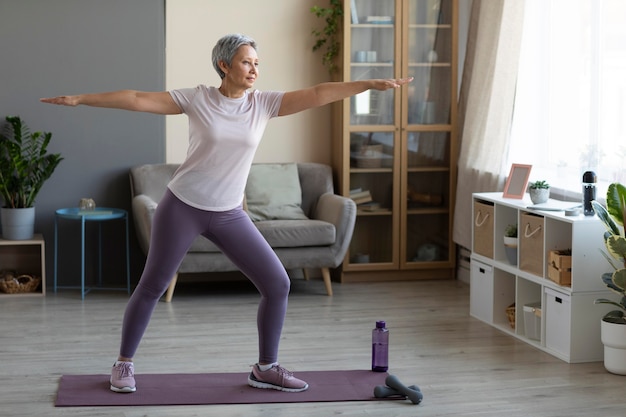
Fitness
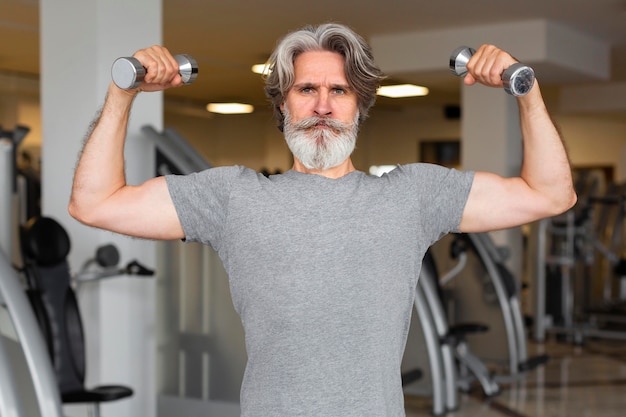
Fitness
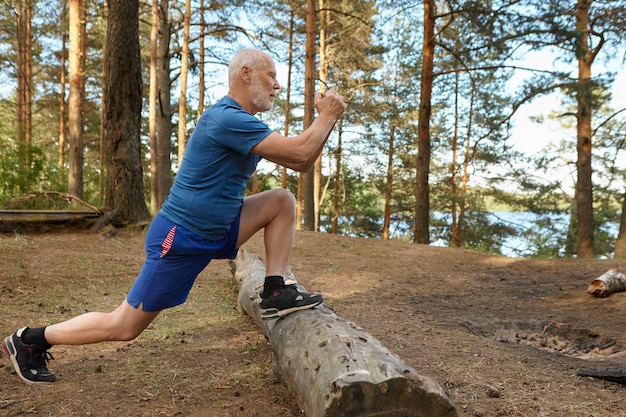
Fitness
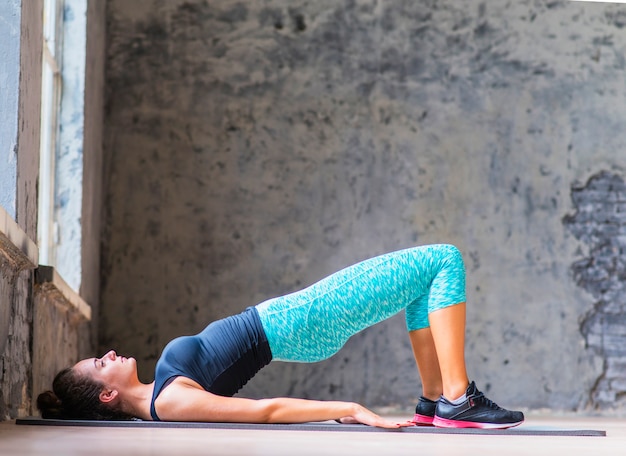
Fitness

Fitness

Wellness
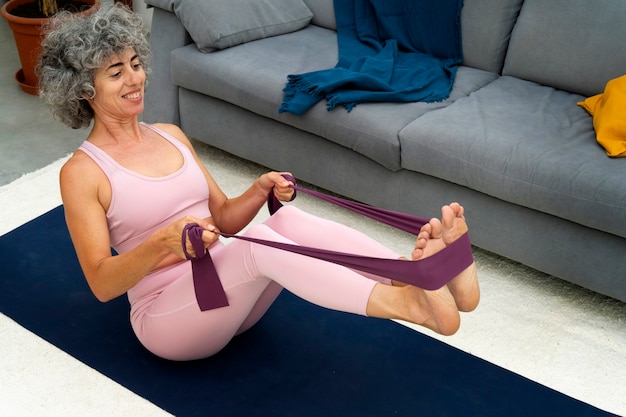
Fitness

Health

Fitness

Health

Health